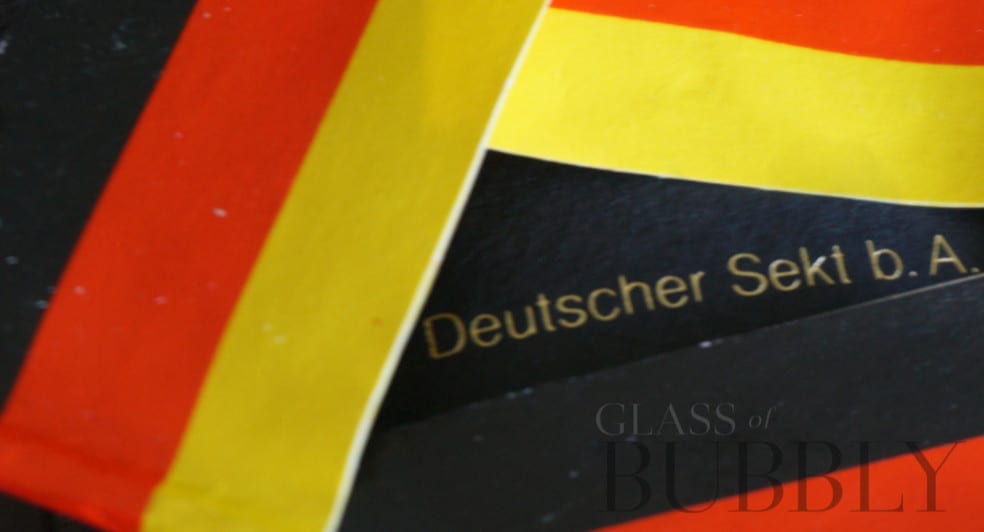Everything you wanted to know about Sekt, but were afraid to ask
6th April 2022

“Let’s talk about Sekt (baby)… ” OK, enough with the clichés you say and I do not blame you as I could go on and on! Though Sekt does lend itself well to sounding like sex and a great synergy of wine (and especially bubbles), that many agree with, is alongside romance.
Firstly, what is Sekt? The word is simply the term used for the sparkling wines that are made in Germany and Austria.
How to pronouce Sekt: “Zekt”.
How old is Sekt? The sparkling wine produced by Sektkellerei Kessler which was founded in 1826 in Esslingen near Stuttgart, is Germany’s oldest bubbly wine producer which is seen as the birthplace in history of Sekt.
How popular is Sekt? There are said to be over 2,250 producers of Sekt wines in Germany & Austria. The annual production of Sekt in Germany is approximately 373 million bottles and Austria being 30 million bottles. Popular destinations for exports include UK, France, USA, Russia and Italy – Most of the consumption of Sekt is within Germany / Austria.
What grapes go in to making Sekt? Riesling, Gruner Veltliner, Blaufrankisch, Grasevina, Hewurz-Traminer, and Neuberger are the most common though depending on the classfication of Sekt will determine which grapes are present.
What different styles of Sekt are there?
German grades are:
- Sekt: Any sparkling wine produced anywhere that includes grapes imported from other countries. Usually very basic standard sparkling wine.
- German Sekt: Made within Germany though grapes may not have originated from Germany and usually made of cheaper grape varieties / quality.
- Sekt b.A.: Only made in Germany and by using grapes from one of the countries 13 main wine growing regions.
- Winzersekt: The higher standard of sparkling wine usually nearly always single origin Rieslings.
Austrian grades are:
- Sekt: Any style of grape and that may not have originated in Austria. The basic range of sparkling wine and cheaper option.
- Austrian Sekt: Made from any of the 36 grapes designated for use in sekt, production only to take place within Austria (though grapes do not always originate from Austria).
- Klassik: Made from grapes exclusively within designated Austrian wine growing regions. Aged in bottles containing yeast (on the lees) for at least 9 months.
- Reserve: Made in the same production method to that of Champagne to include a minimum of 18 month aging on the lees. Usually seen as one of the superior quality for Austrian sparkling wine (Sekt).
- Grosse Reserve: Has to have 30 months lees aging and made in the traditional method. Grapes are to originate only from single village (municipality) with a registered vineyard designation with harvesting of grape by hand only.
Which famous names are producing Sekt? There are thousands, though the biggest producers include Weingut Steininger, Dr Loosen, Sektkellerei Szigeti and Motzenbäcker.
What production style is Sekt? It is mostly produced in the tank (Charmat method).
What styles of Sekt are there? When it comes to sugar levels we see a good selection on offer to choose from. You can get Sekt in both white and rosé:
- Brut nature 0-3 g/l
- Extra brut 0-6 g/l
- Brut 0-15 g/l
- Extra dry 12-20 g/l
- Dry 17-35 g/l
- Semi-dry 35-50 g/l
- Mild over 50 g/l
![]()
Christopher Walkey
Co-founder of Glass of Bubbly. Journalist and author focused on Champagne & Sparkling Wines and pairing them with foods.
